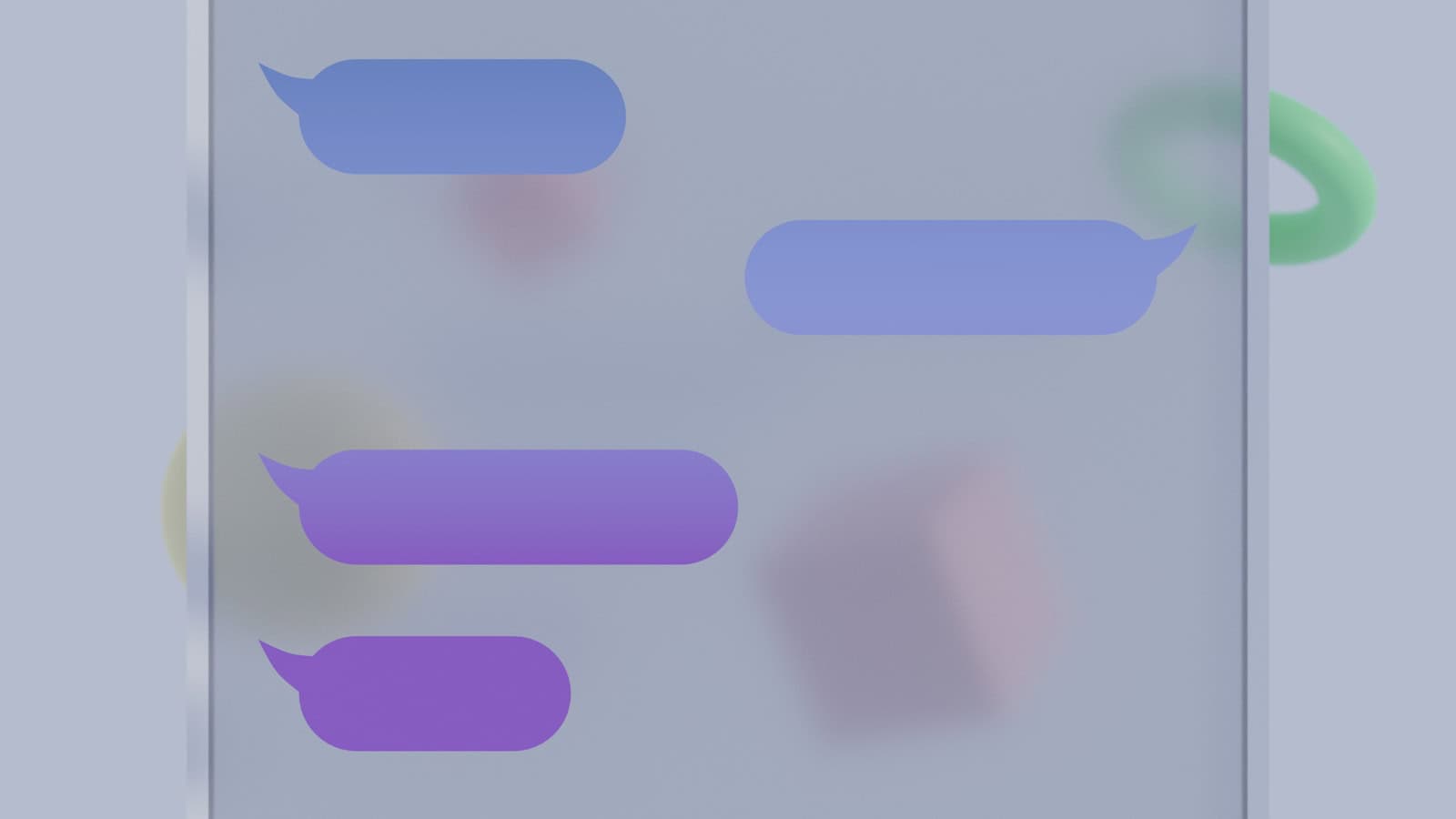Sometimes, iPhone users may find their text messages turning green instead of the usual blue. This could be confusing, particularly if both parties have iPhones. Green messages mean that the texts are being sent as SMS through the cellular network instead of iMessage.
One common reason is that iMessage might be turned off. This can happen if a user has recently updated their phone or reset their settings. Another possible issue is that the recipient’s iMessage is turned off or they are not connected to the internet.
Even if iMessage is on, connection issues can force the message to send as SMS. Restarting the iPhone or checking iMessage settings can often resolve the problem.
Key Takeaways
- Green messages mean texts are sent as SMS, not iMessage.
- Both sender and receiver need to have iMessage turned on.
- Connection issues can cause messages to send as SMS.
Understanding iMessage and SMS/MMS
Text messages on Apple devices appear in different colors based on the type of message being sent. iMessages are distinct from SMS/MMS in several key ways.
Defining iMessage and SMS/MMS
iMessage is a messaging service by Apple that allows users to send texts, photos, and videos over the internet. It is exclusive to Apple devices like iPhones, iPads, and Macs. These messages are encrypted, providing an extra layer of security.
SMS (Short Message Service) and MMS (Multimedia Messaging Service) are older messaging services. SMS is limited to text, while MMS allows for multimedia content like images and videos. These messages are sent over cellular networks and aren’t encrypted.
| Type of Message | Content | Network | Encryption |
|---|---|---|---|
| iMessage | Text, Photos, Videos | Internet | Yes |
| SMS | Text Only | Cellular Network | No |
| MMS | Text, Photos, Videos | Cellular Network | No |
The Color Coding of Messages
In the Messages app on iOS, iMessages are shown in blue bubbles. This indicates that the message is sent over the internet, utilizing Apple’s iMessage service.
SMS/MMS messages are displayed in green bubbles. This means the message is sent over the cellular network. If a message is sent to a non-Apple device or iMessage is turned off, it defaults to SMS/MMS and appears green.
Apple devices automatically detect if the recipient can receive iMessages. If they can’t, the message switches to SMS/MMS. This color coding helps users know the type of message being sent.
Troubleshooting Green Message Issues
There are several reasons why your texts may appear green when sending messages to another iPhone. It could be related to your device settings, network issues, or you may need support from Apple.
Checking Device Settings
First, check if iMessage is turned on. Go to the Settings App, then tap Messages. Ensure iMessage is activated. If it isn’t, toggle it on. Also, verify Send & Receive settings. Ensure your phone number or email is checked under “You can be reached by iMessage at” and “Start new conversations from.”
Check iOS Update. An outdated iOS can cause issues. Go to Settings, tap General, then Software Update to see if an update is available. If so, download and install it. This might fix the problem.
Lastly, examine Send as SMS. If this option is enabled, your iPhone may send texts as SMS/MMS instead of iMessages when iMessage is unavailable. You can toggle this setting in the Settings App under Messages.
Network and Connectivity Solutions
A stable internet connection is crucial for iMessage. Check your Wi-Fi Connection. Try toggling Wi-Fi off and on. If Wi-Fi is weak, switch to Cellular Data. Some areas have better cellular coverage than Wi-Fi.
Check Carrier settings. Carriers sometimes push updates that can affect message services. Tap Settings, then General, followed by About. If an update is available, you’ll see a prompt to install it.
If issues persist, try restarting your iPhone. Press and hold the Side button and either Volume button until the power off slider appears. Slide to turn off. Wait about 30 seconds, then turn your phone back on. Sometimes a simple restart can reset network connections and resolve messaging issues.
When to Contact Apple Support
If none of the previous steps work, it might be time to contact Apple Support. They can help diagnose more complex issues. Sometimes the problem is more profound, such as an iCloud or Apple ID issue that only support can fix.
Backup your device before contacting support. It’s crucial to protect your data. Go to Settings, tap your name, then iCloud, and select iCloud Backup. Tap Back Up Now to ensure your data is safe.
You can contact Apple Support through their website, via chat, or by scheduling an appointment at an Apple Store. Explain your issue in detail and mention the troubleshooting steps you’ve already tried. They may provide a more precise fix or recommend bringing your iPhone in for service.







